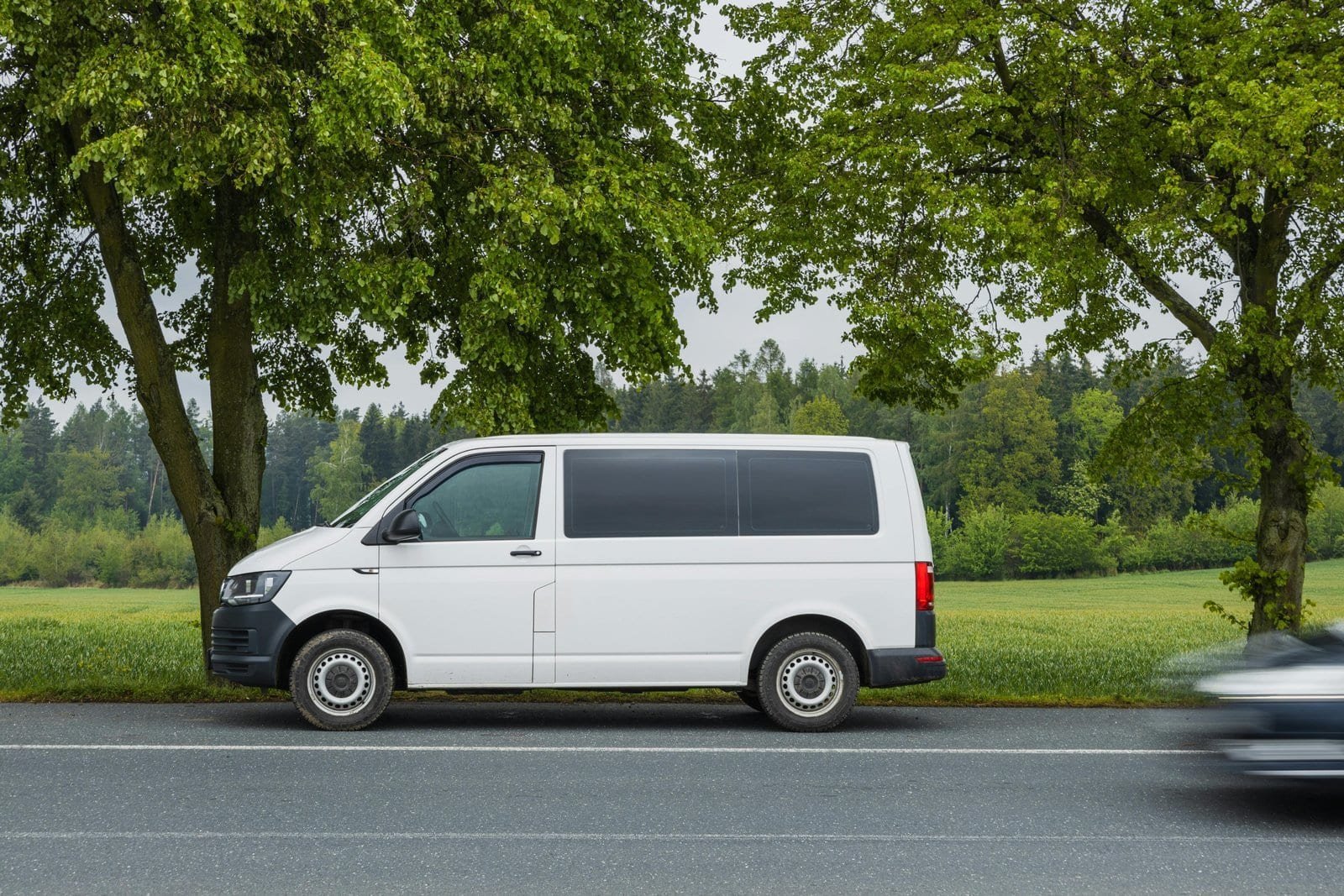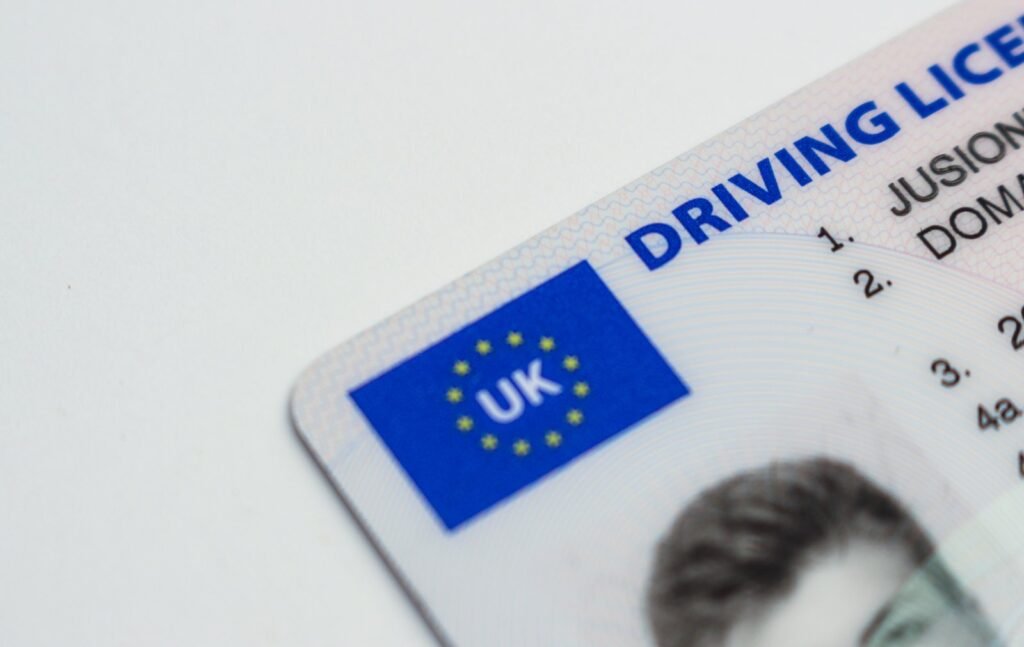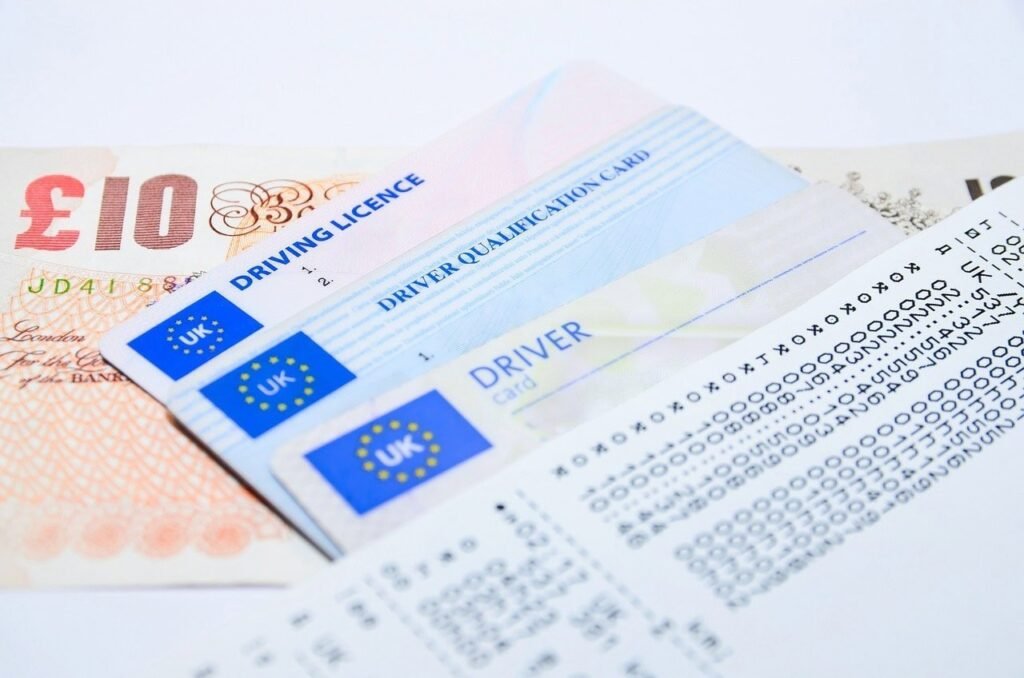What is a D1 Driving Licence?
Introduction to the D1 Driving Licence
The D1 driving licence in the United Kingdom is a specific category of licence that permits the holder to drive certain classes of vehicles, most notably minibuses. This designation is especially relevant for individuals who need to operate vehicles with a seating capacity range between 9 to 16 passengers, not including the driver, making it highly significant for both personal and professional purposes. Compared to standard car licenses, the D1 license provides an enhanced scope of operation.
The significance of the D1 driving licence extends beyond mere personal convenience; it is critical for various professional sectors. This includes roles in community transportation services, educational institutions, healthcare transport services, and tour operations. Operators in these fields commonly transport groups of people, which necessitates compliance with specific regulatory standards that the D1 license ensures.
One notable differentiation between the D1 driving licence and a standard Category B license, which permits the operation of private cars, is the specific allowance for the size and type of vehicle. While Category B licenses restrict driving to vehicles that accommodate up to 8 passengers, the D1 licence broadens this to vehicles capable of carrying up to 16 passengers in addition to the driver, providing much greater flexibility for transporting larger groups.
Acquiring a D1 licence can therefore serve distinct population segments: from volunteer drivers participating in community activities to professional minibus operators needing legal clearance to transport passengers. The licence caters to those requiring legal authorisation to drive minibuses safely and responsibly, thereby ensuring that transportation services are carried out with the highest standards of safety and compliance.
In essence, the D1 driving licence stands as a crucial qualification within the UK’s driving license categorisation, distinguishing itself by the range of vehicles it covers and the specificity of its application, ultimately supporting both individual and organisational transportation needs.
Eligibility Criteria and Requirements
To apply for a D1 driving licence in the UK, applicants must meet specific eligibility criteria. Firstly, you must be at least 21 years old. In terms of existing driving experience, candidates are required to hold a full UK car driving licence (Category B) for a minimum of two years prior to applying for the D1 licence. This ensures that applicants have a solid foundation in driving before handling larger vehicles.
Meeting medical requirements is also crucial. Applicants must undergo a medical examination conducted by a General Practitioner (GP) or designated medical professional. This examination is to ascertain that the applicant is physically and mentally fit to drive a minibus. A completed Medical Examination Report (form D4) must be submitted with your application.
Besides the age and medical prerequisites, there are specific tests that applicants must pass to obtain a D1 licence. This includes a theory test tailored to larger vehicles, which covers questions related to minibus operation and safety. Following the theory test, a practical driving test is required, where proficiency in driving a minibus is evaluated by a certified examiner.
The application process necessitates certain documents, including your current driving licence, a completed application form (D2), and the Medical Examination Report (D4). Additional paperwork might be required depending on individual circumstances, and returning such documents promptly is vital to avoid delays.
Crucially, for those intending to drive a minibus professionally, passing the Driver Certificate of Professional Competence (CPC) is mandatory. This certification involves both periodic training and initial qualification tests designed to ensure that professional drivers maintain a high level of competence and safety on the roads.
Understanding and adhering to these eligibility criteria and requirements is essential for a successful D1 driving licence application. Thorough preparation and attention to detail can facilitate a smooth application process, paving the way for safe and legal minibus operation in the UK
Training and Testing Process
Obtaining a D1 driving licence in the UK involves a multi-stage process designed to ensure that candidates are fully capable of safely operating a minibus. The process begins with a theory test, which assesses the driver’s knowledge of road rules, safety protocols, and specific regulations relevant to driving a minibus. This test includes multiple-choice questions and a hazard perception test, requiring candidates to demonstrate their ability to identify potential dangers on the road.
After successfully passing the theory test, candidates must undergo professional training. This training is crucial as it provides hands-on experience in driving a minibus, covering essential skills such as manoeuvring, reversing, and maintaining control under various driving conditions. Most driving schools that specialise in D1 licence training offer comprehensive programs that include both classroom instruction and practical driving sessions. These programs are designed to equip candidates with the necessary skills and confidence to pass the practical driving test.
The practical driving test is the final hurdle in the D1 licensing process. This test evaluates a candidate’s ability to drive a minibus safely and competently under different scenarios. It consists of several parts: an eyesight check, vehicle safety questions, and a driving assessment. During the driving assessment, candidates must demonstrate their ability to perform specific manoeuvres, handle different types of roads, and respond appropriately to various road situations. The test also includes an independent driving section where candidates must navigate using a set of directions or following traffic signs.
Preparation is key to successfully obtaining a D1 licence. Candidates are advised to practice extensively, focusing on the skills and knowledge areas highlighted in the training programs. It’s also beneficial to familiarise oneself with the format and requirements of the tests. Utilising professional training programs can significantly increase the chances of passing these tests, as they provide structured learning and practical experience tailored specifically for the D1 licence.
Renewal, Upgrades, and Additional Considerations
Renewing a D1 driving licence in the UK involves adhering to specific guidelines and timelines. Typically, a D1 licence is valid for 10 years, after which it must be renewed. The Driver and Vehicle Licensing Agency (DVLA) requires drivers to submit a renewal application before the expiry date to ensure continued legal ability to operate a minibus. For drivers aged 70 and above, renewals are mandatory every three years due to increased health scrutiny.
Part of the renewal process includes a medical assessment to confirm the driver’s ability to handle a minibus safely. This involves filling out a medical questionnaire and, in some cases, undergoing a medical examination by a qualified professional. Conditions such as eyesight requirements are thoroughly evaluated to ensure that all D1 licence holders maintain the highest safety standards.
In certain instances, D1 licence holders may wish to upgrade their qualifications to encompass larger vehicles or trailers. One such upgrade is the D1+E licence, which allows the driver to tow trailers over 750 kg. To obtain this upgrade, drivers must pass an additional driving test that includes both theory and practical components focusing on trailer handling and manoeuvring skills.
Beyond the logistical aspects of operating a minibus, drivers must also consider the overarching legal and insurance responsibilities. Ensuring that the vehicle is properly insured for public transport is crucial, as is adhering to all relevant traffic laws. Drivers have a duty of care to their passengers and must undertake regular vehicle maintenance checks.
Ongoing training and refresher courses play a significant role in maintaining a high standard of driving. These courses not only enhance driving skills but also keep drivers updated with any new regulations or changes in traffic laws. Participating in continuous professional development can lead to safer driving practices and potentially lower insurance premiums, benefitting both the driver and their passengers.





